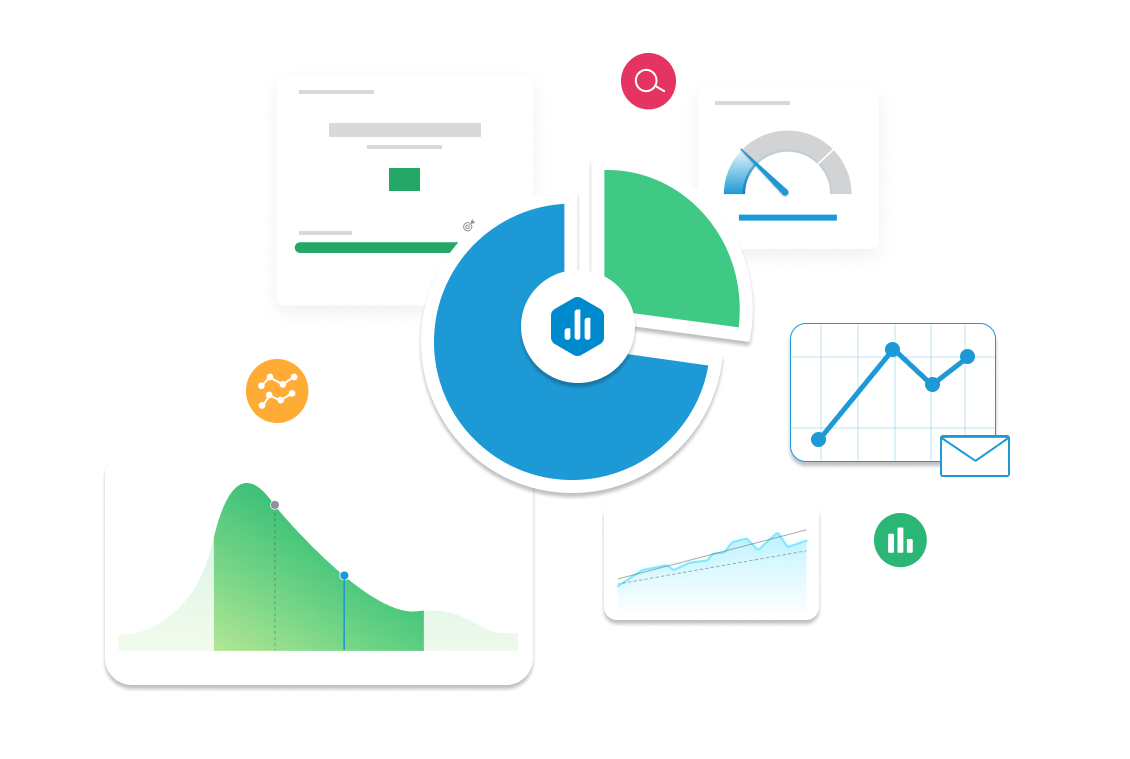Organic traffic
Discover how Organic Traffic measures website visitors from unpaid search results. Learn how to track, analyze, and optimize organic traffic to improve brand visibility and conversions.

| Category |
Marketing |
|---|---|
| Type |
Leading Indicator |
| Calculation |
Organic Traffic=Total Visitors from Non – Paid Search Results |
| Measure |
Tracks the number of users visiting a website through unpaid search engine results, helping businesses assess SEO effectiveness and brand discoverability. |
| Data Sources: |
Google Analytics, Google Search Console, Ahrefs, SEMrush, Moz, HubSpot. |
| Frequency |
Tracked daily, weekly, or monthly to monitor SEO performance and optimize content strategies. |
Example target
Increase organic traffic by 25% in Q3 by improving keyword optimization, publishing high-quality content, and building backlinks.
Example Reports Use Case
An SEO Manager tracks organic traffic to evaluate content performance and search engine rankings. If traffic declines, they may adjust SEO strategies, update content, or improve site performance.



